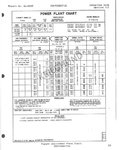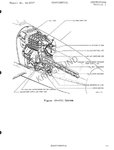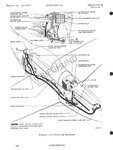GregP
Major
Hi Shortround, to answer one of your questions, let's see … the 1,425 HP / 1,600 WER engines were used in the P-38H, J, K, L, M, the XP-60A, XP-60B, and XB-38. The 1,150 HP / 1,470 WER engine as used in the P-51 and P-51A. these were all F-series engines.
The G-series were used in the P-82's and XC-114 (Allison engined C-54). The -143 made 1,600 HP for takeoff and 1,700 HP at 21,000 feet.
To comment on another, the Wright R-2600 had a dry weight of over 2,000 pounds. The Allison dry weight was a bit over 1,350 pounds. So, the 1,600 HP from the Wright was dragging a LOT more airplane with more drag around than was the Allison making somewhat less HP with less drag.
I'll take the Allison.
The G-series were used in the P-82's and XC-114 (Allison engined C-54). The -143 made 1,600 HP for takeoff and 1,700 HP at 21,000 feet.
To comment on another, the Wright R-2600 had a dry weight of over 2,000 pounds. The Allison dry weight was a bit over 1,350 pounds. So, the 1,600 HP from the Wright was dragging a LOT more airplane with more drag around than was the Allison making somewhat less HP with less drag.
I'll take the Allison.
Last edited:



